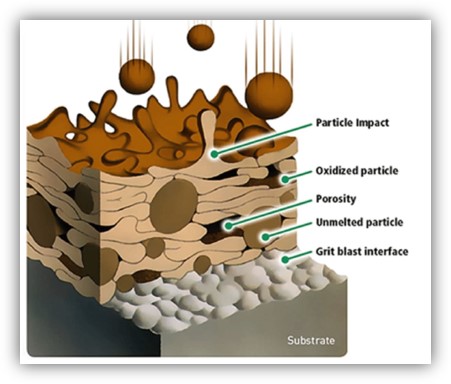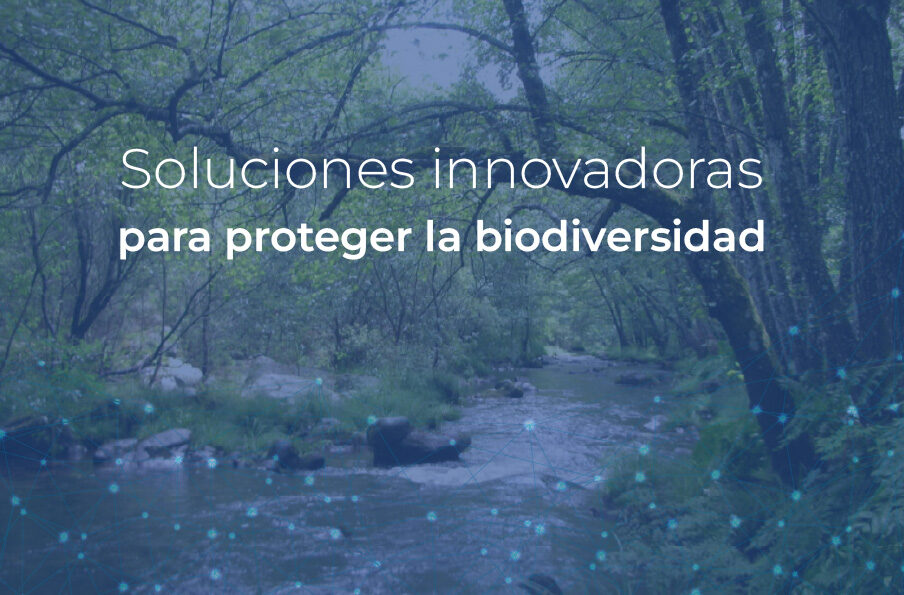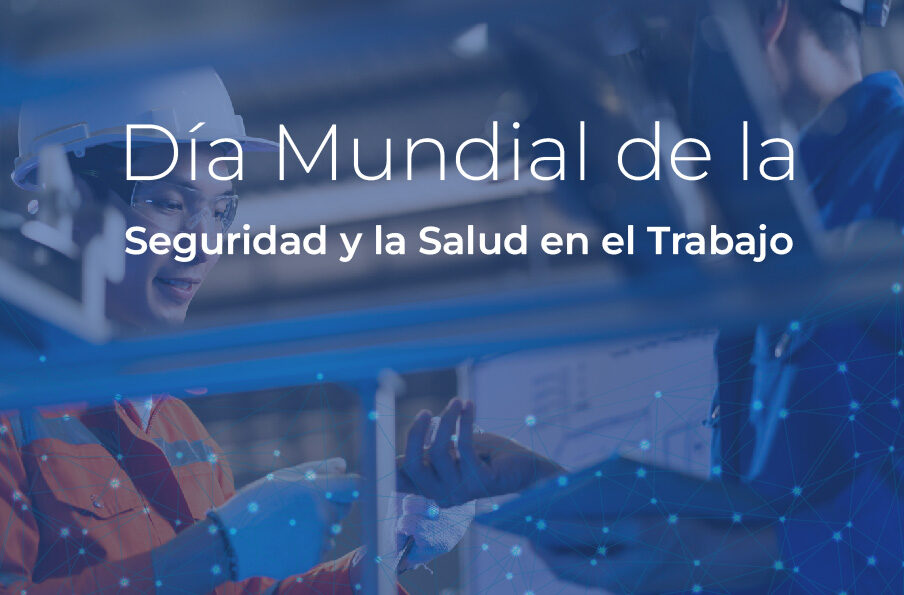CTME’s ReSincrom project was aimed at the research and development of alternative coatings to hard chrome to be applied in CICROSA’s hydraulic cylinders. The result of the project contributed to the company’s positioning in a market that is increasingly demanding in terms of quality and environmental issues, improving its competitiveness in global markets through the application of sustainable technologies.
Project background
Hexavalent chromium, also known as chromium VI (Cr6) is the toxic form of the metal chromium. While some less toxic forms of chromium occur naturally in the environment (soil, rocks, dust, plants, and animals), Cr6 is mainly produced by industrial processes.
Chromium is an odorless and tasteless metallic element that is part of the earth’s crust. It is also found in large quantities in air, water, soil and food.

The REACH regulation stands for Registration, Evaluation, Authorization and Restriction of Chemicals and came into force on June 1, 2007. Its main objective is to improve the protection of human health and the environment against the risk that may arise from the manufacture, marketing and use of chemical substances and mixtures.
Hexavalent chromium compounds are a group of chemicals that have beneficial properties such as corrosion resistance, durability and hardness. These compounds have been widely used as anticorrosives and for pigment manufacture, metal finishing and chrome plating, stainless steel production, leather tanning and wood preservatives. They have also been used in dyeing processes in the textile industry, printing inks, drilling muds, fireworks, water treatment and chemical synthesis.
Between 2008 and 2011 the various Cr6 compounds used in the surface treatment industry were added to the candidate list of the REACH regulation. As of January 2019, the use of any Cr6 compound requires a request for exemption.
Problem/s it solves
Lack of robust alternatives, a large number of exemption requests were submitted to ECHA (European Chemicals Agency), however, the exemptions granted are not very extensive, from 2024 to 2029 for producers of chromium compounds or suppliers of semi-finished products with Cr6. The users of these treatments are beginning to understand that it is not feasible in the short/medium term to find a single alternative that can be used for all current applications, hence the only way to address the problem with guarantees is to analyze the problem of substitution by families of components or applications.
In the ReSincrom project, ReSincrom developed customized hard chrome alternative solutions for a hydraulic actuator of CICROSA HIDRAULICA S.L. Two types of alternatives were investigated to guarantee a similar abrasion resistance and a very low porosity that would not degrade the properties of the cylinder, absorbing an excessive amount of hydraulic fluid.
Application challenge
The objective of CTME’s ReSincrom project was to investigate a suitable alternative to hard chrome, which would allow CICROSA to position itself in an increasingly demanding market, not only in terms of quality, but also environmental issues, improving its competitiveness in global markets through the application of sustainable technologies.
Quality and sustainability are key factors in CICROSA’s strategy for competitiveness and positioning in global value chains. In this sense, the company identified the need to look for customized alternatives to the hard chrome plating processes it was using in its hydraulic cylinders, which would allow it to be ahead of the market in terms of environmental compliance, while meeting the expectations of its most demanding customers in terms of presentations.
CICROSA contacted the surface treatment department of CTME, the Miranda de Ebro Technology Center in order to find a suitable alternative to the CR6 hard chrome process, through the application of sustainable surface coating technologies.
After analyzing the company’s needs, CTME proposed the presentation of a regional R&D&I project entitled “Industrial research on new Cr(VI)-free coatings for compliance with the REACH regulation (ReSinCrom)” in which two alternative processes to the hard chrome plating process were investigated: thermal spraying and electroless nickel. This project was financed through the program “Subvenciones para la realización de proyectos de I+D+i en el ámbito de Castilla y León e ICE”, co-financed with FEDER.
Final result of the CTME success story
The project succeeded in reaching the final objective of finding alternatives to hexavalent hard Cr, CR6, coatings. The two surface treatment methods proposed (chemical and thermal spray coatings) provided winning solutions that met the defined specifications and could replace the metallic starting material.
This milestone was achieved thanks to the experience in the field prior to the project, the large number of tests carried out and the continuous contact and collaboration between CICROSA HIDRAULICA S.L, CTME Fundación Centro Tecnológico de Miranda de Ebro, and the CIDETEC Foundation.
More information about the success story on Industrial Research on New Chrome-free Coatings
NODDO: The Network of Technological Centers of reference in Castilla y León
From the Network of Technology Centers interdisciplinary work in an integrated manner, covering all technical disciplines. technical disciplines and finding innovative solutions in all parts of the processes.
If you want us to help you to empower your company and to look for innovative technological solutions for your processes, do not hesitate to contact with NODDO.
Follow us on LinkedIn y Twitter or sign up for our Newsletter to stay up to date with what’s new on the Web.









